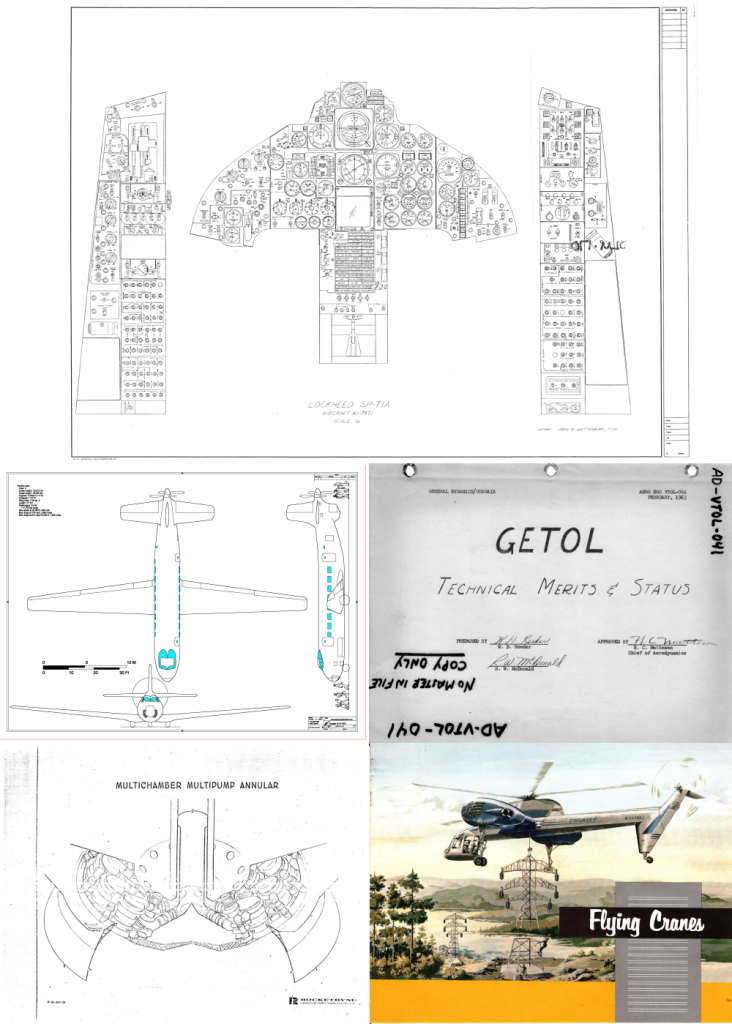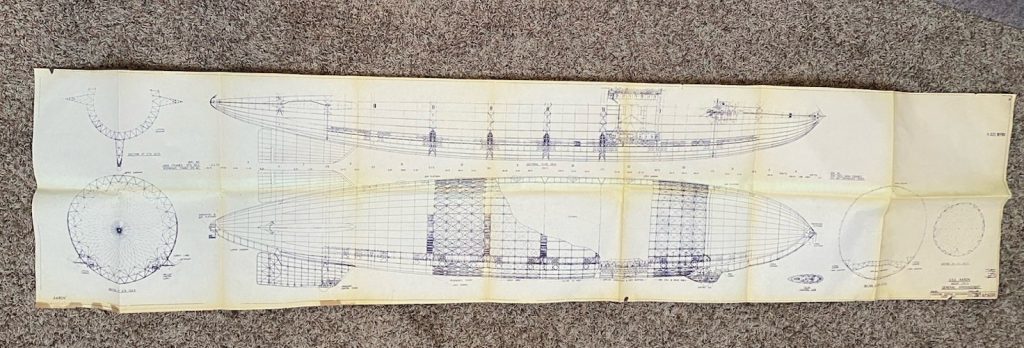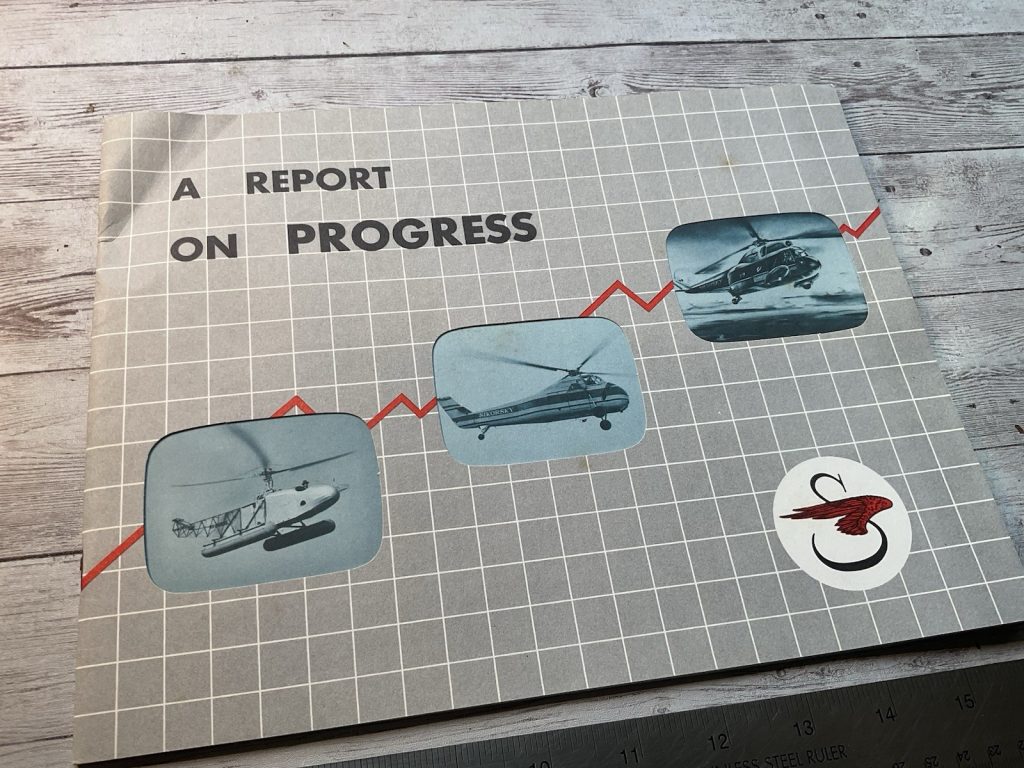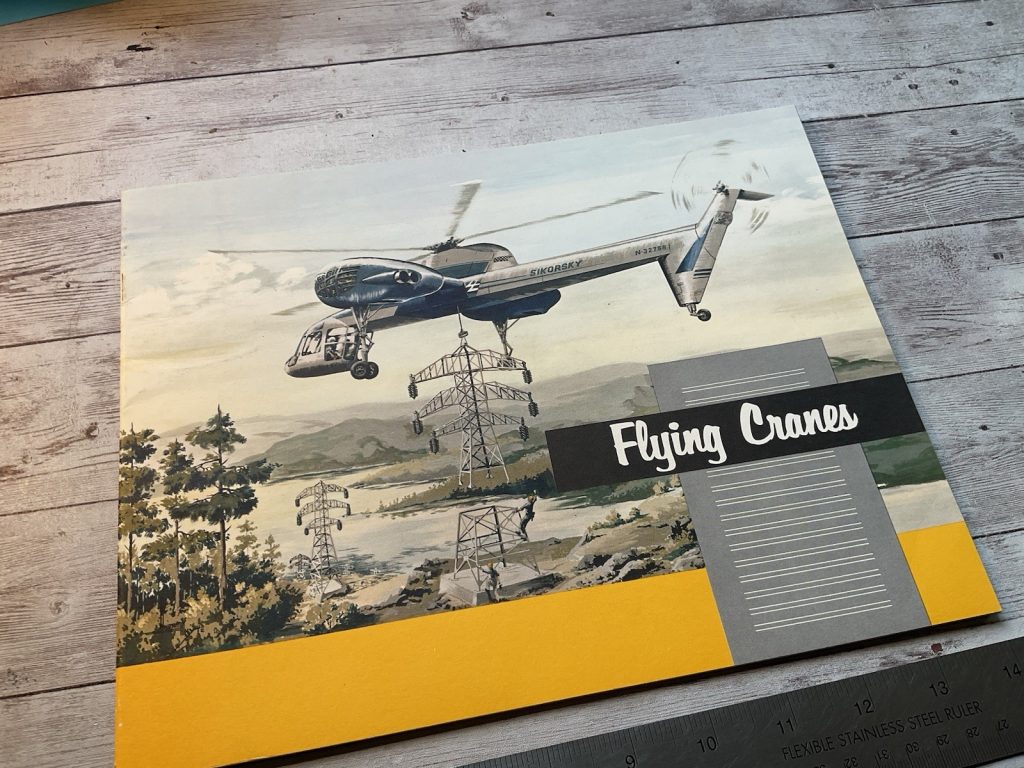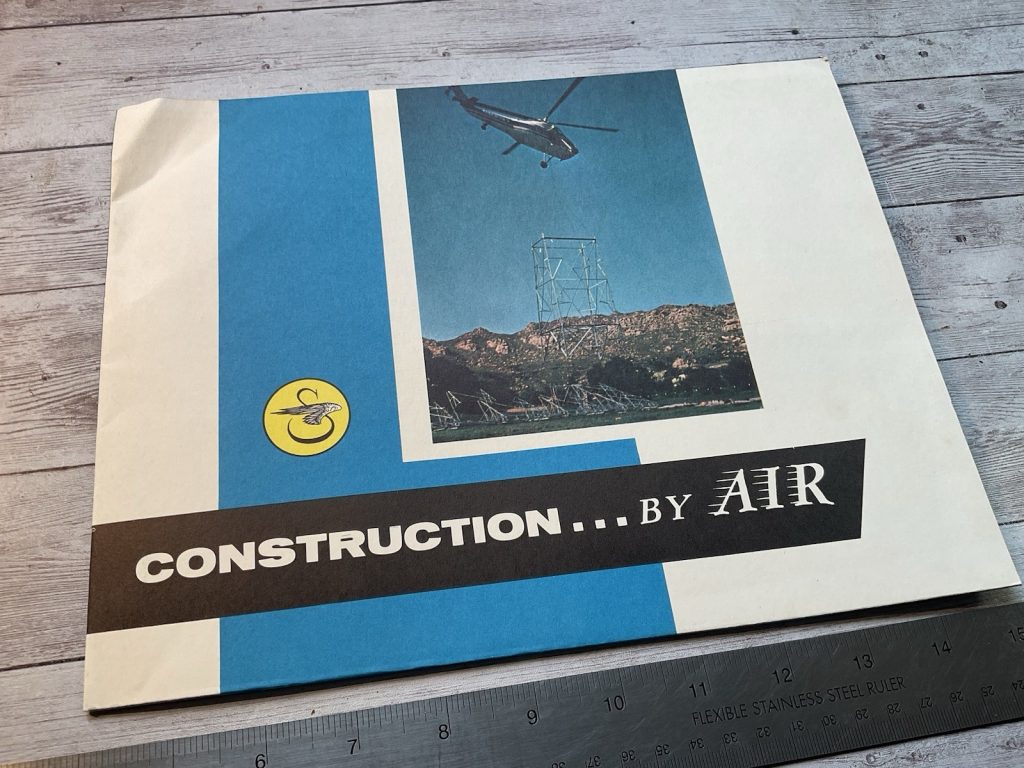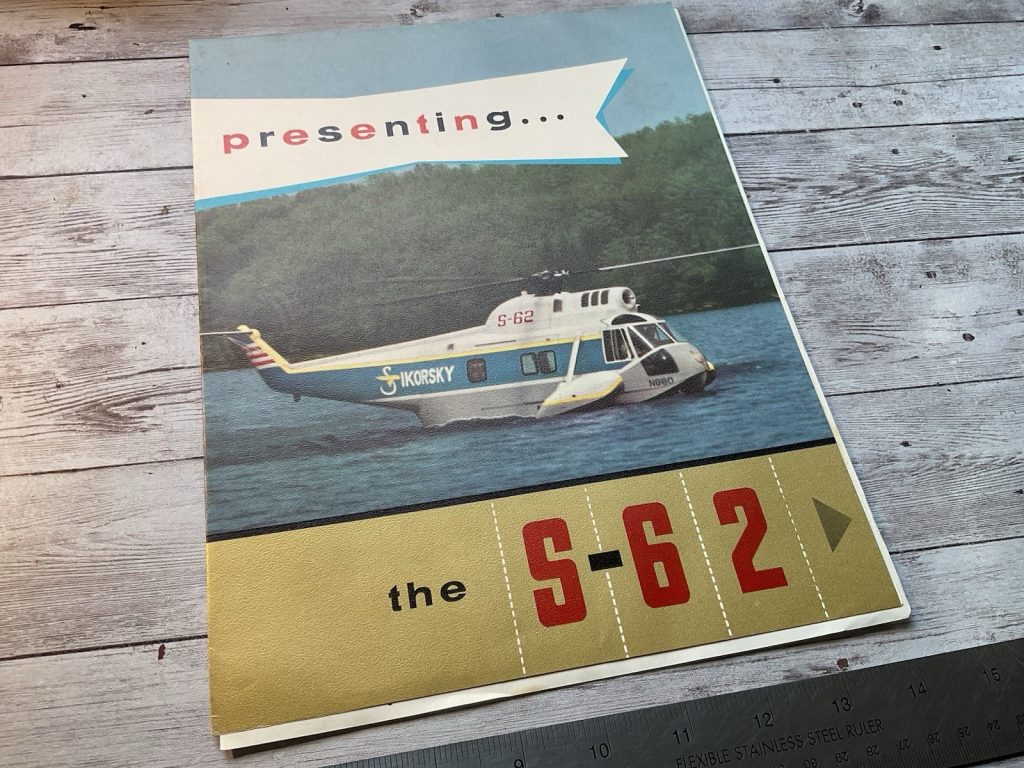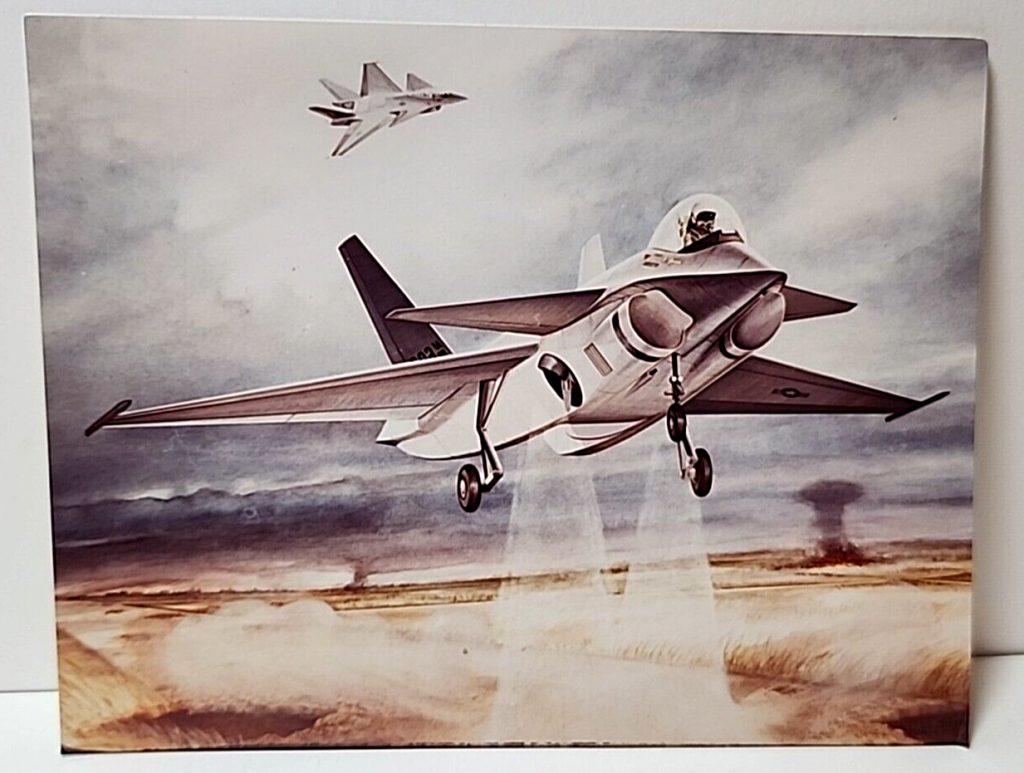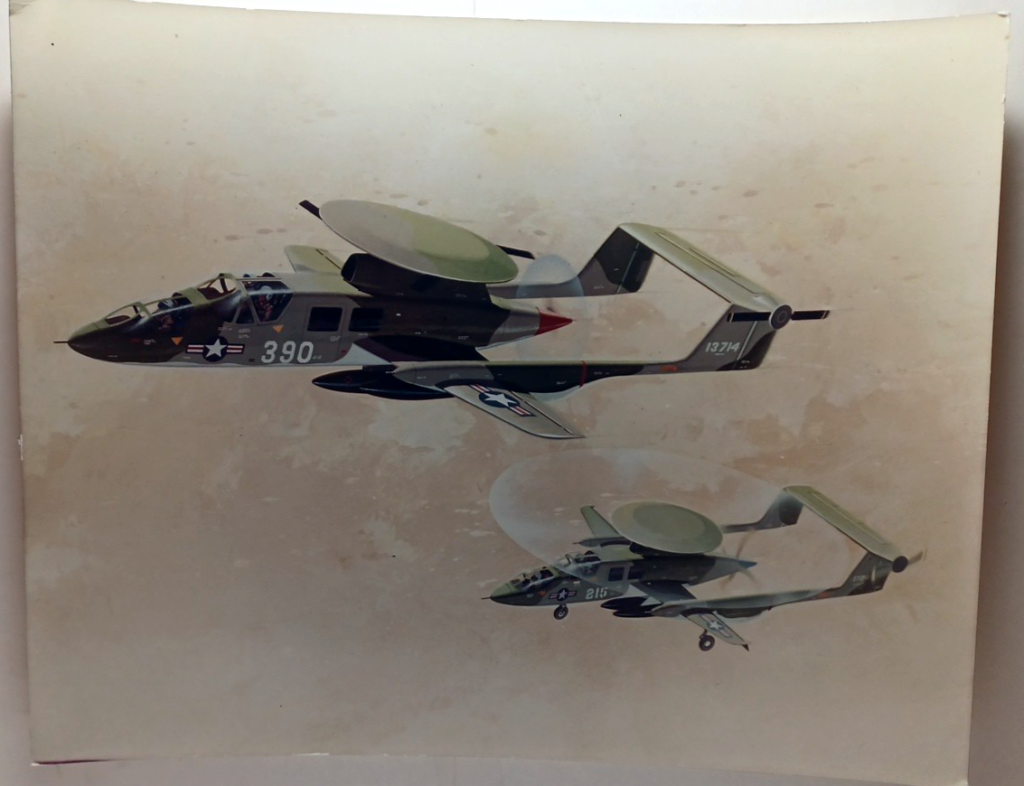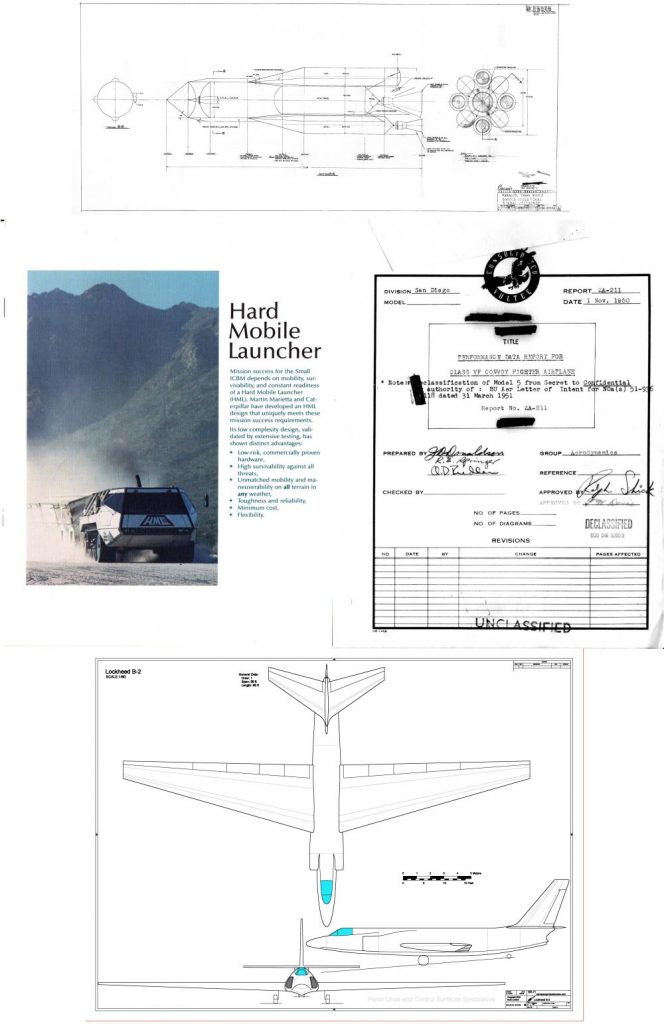Protected: August 2025 APR rewards catalogs
Rewards for July, 2025 have been released. These include:
Document: “GETOL Technical Merits & Status,” General Dynamics/Convair, AD-VTOL-41, February, 1963. Report on Ground Effect Take off and Landing studies.
Document: “Flying Cranes,” Sikorsky, 1959. Brochure describing and illustrating heavy lift helicopters built and projected.
Document: “Nova and Post-Nova Propulsion Summary,” Rocketdyne presentation, 1962, describing extremely powerful liquid rocket systems for vehicles bigger than Saturn V.
Diagram: SR-71 pilots instrument panels
CAD Diagram: Douglas DC-8-1004, 1945 design for pusher-prop small airliner
Subscribers/Patrons for the APR Monthly Historical Documents Program not only receive a monthly collection of aerospace goodies such as these, but can also pick up back issues all the way to 2014.
Protected: July 2025 APR rewards catalogs
Once again there will be no voting on APR rewards this month. This is down to a few things:
1) Voting in general has been *way* down. I suspect a revamp of the catalog is needed.
2) Items I tried to procure this month proved unprocurable. Partly due to them being insanely expensive; partly due to someone else out there being fabulously wealthy and snapping them up anyway.
3) Things came up. I’m finding, with some concern, that the end of the month seems to be a magnet for Things Coming Up.
So, subscribers and Patrons, there was no catalog release this month. Rest assured, though, that within the next day or two rewards *will* go out, chosen by yours truly, Benevolent Dictator.
And while the things I really wanted proved unobtainable, I did get a few things off ebay. Sadly these are too late for this month, but should, postal system willing, be available next. All of them, gratingly, were more expensive than they should’ve been, but that’s the trend with this stuff anymore. Included:
Six-foot-long blueprint of the USS Akron “flying aircraft carrier:”
Four Sikorsky brochures:
Artwork of a Lockheed ASTOVL (I could have used this when creating a diagram of the craft in the recently released US Stealth Fighter Projects):
Artwork of a 1960’s Ryan VTOL COIN concept. I’ve been after this art, and more information on the design, for about 35 years now after first seeing bad B&W versions of this in Av Week. I’d pay real money for a design report/proposal/brochure. Anyone?
For about 20 years I’ve been buying aerospace documentation on ebay. For a good chunk of those I’ve crowdfunded the purchases of really expensive stuff. And by “really expensive” I’ve meant something like “hundreds of dollars for a single report.” Split the purchase price between one or two dozen people, send all of them high-rez scans, and the price can be quite affordable and everybody is happy. Huzzah.
But recently a new trend has emerged: exorbitantly high opening bids. Normally that wouldn’t be an issue: if the opening bid is stupidly high, nobody buys. the item goes unsold and often the seller will come down in price. Woo. But the recent development is buyers who are willing and able to buy, repeatedly, extremely expensive stuff. For example, a seller apparently got hold of an estate with a bunch of Republic Aviation stuff. For aerospace projects fans, there have been some fantastic items… and I’ve utterly failed to obtain any of them because the opening bids aren’t hundred,s they’re thousands… and someone else out there has really deep pockets and has been snapping them up. I tried bidding on one early document; with crowdfunders I was able to bid over $1,600 in the last few seconds, thinking I was the only bidder… but I got sniped by someone who bid several times at higher amounts. Since then I’ve watched numerous items sell for even more in the last seconds, apparently to the same buyer. I’ve repeatedly contacted the seller about buying scans, photocopies or even just complete sets of photos of the documents, but such requests have gone unanswered. So these things are *poof* gone forever.
Now, these are documents that I was unaware existed before I saw the listing, and I’ve lost no money. So objectively I’m not worse off than before… but it’s incredibly frustrating to see such things, know that at least theoretically I could have had access to them, and now they’ve gone from one black hole to another black hole.
A couple examples, reports on the Republic AP-77 design from the mid-1950’s, a tactical bomber for the USAF with clear XF-103 heritage.
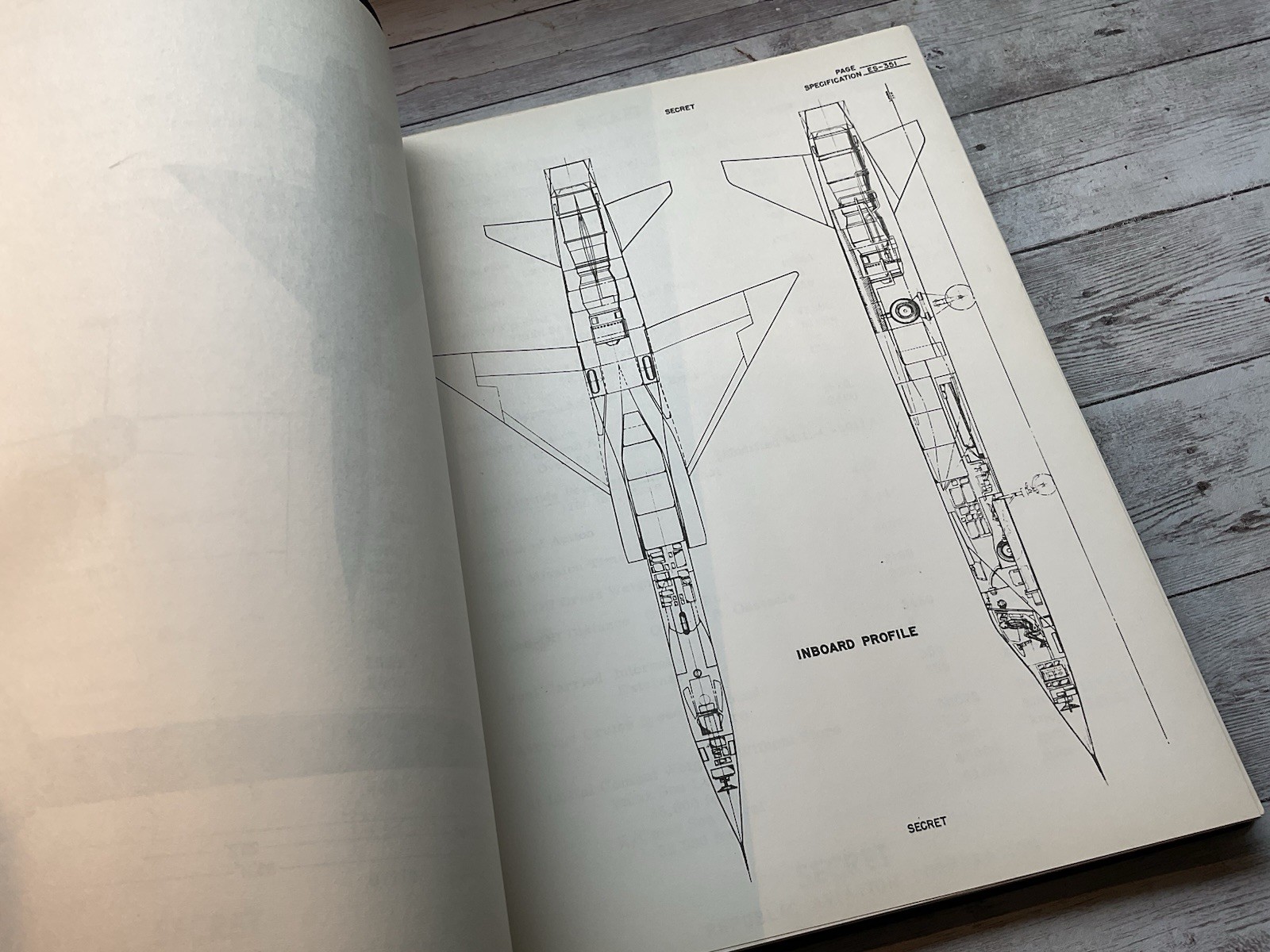
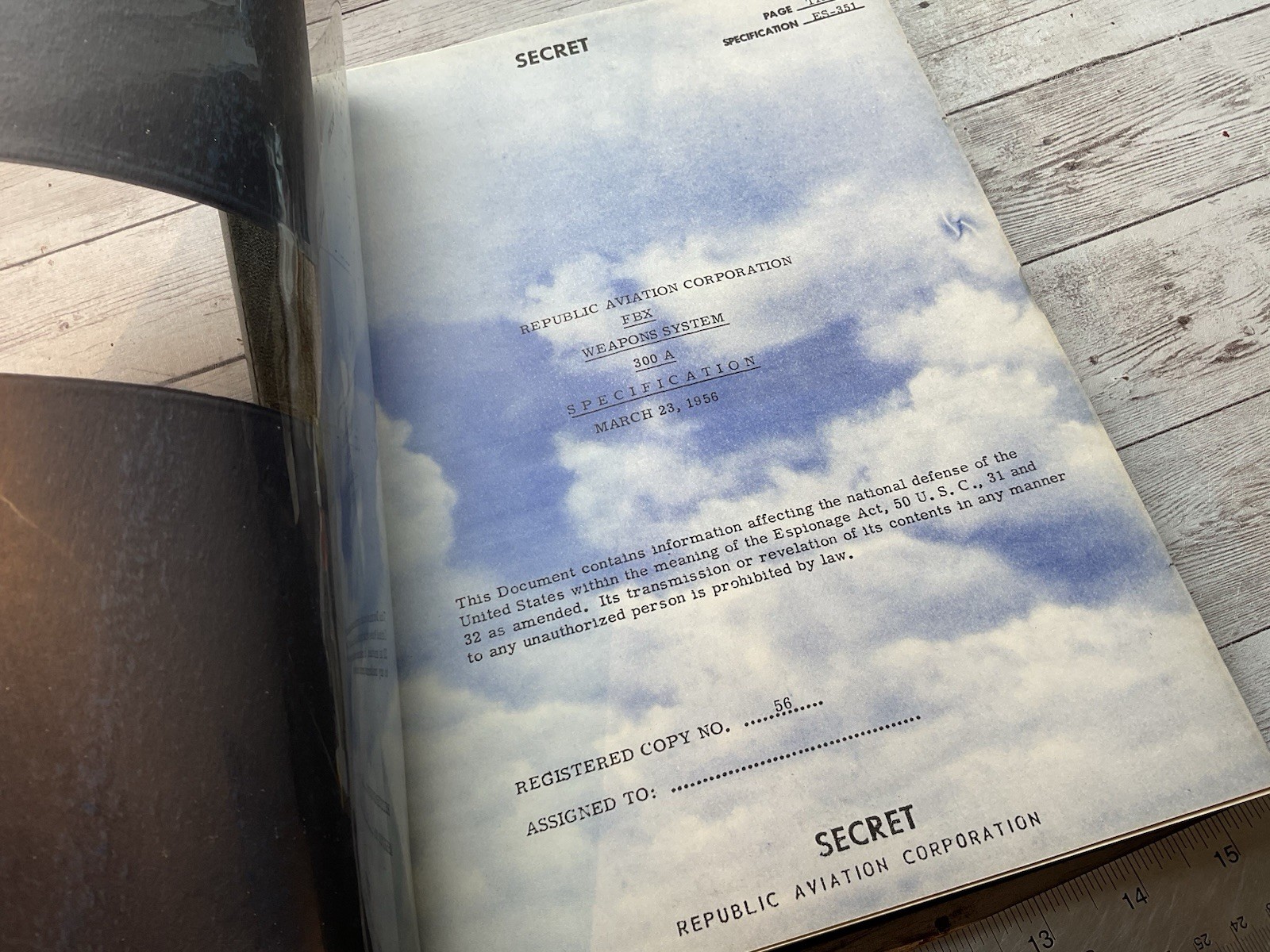
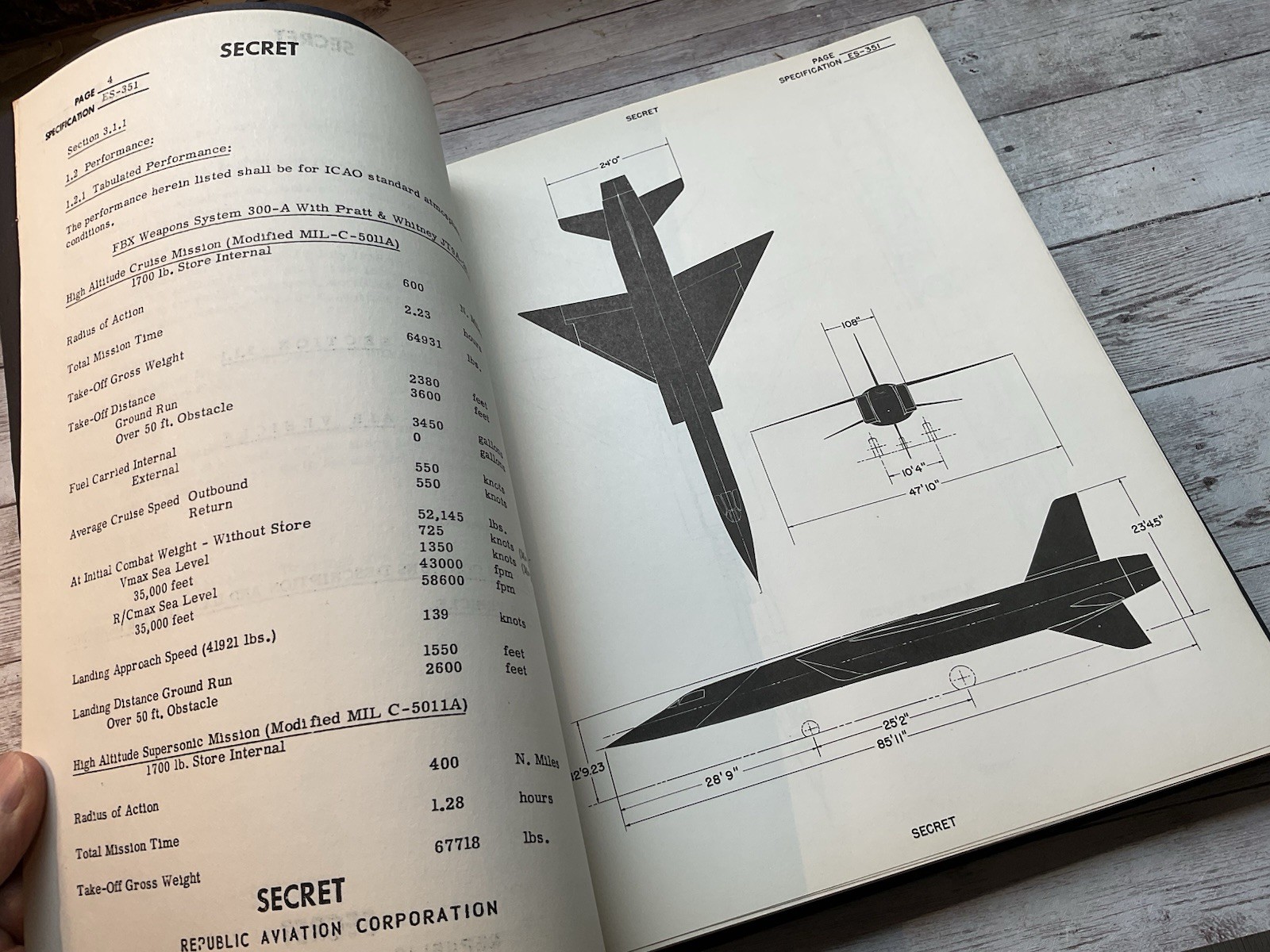
And…
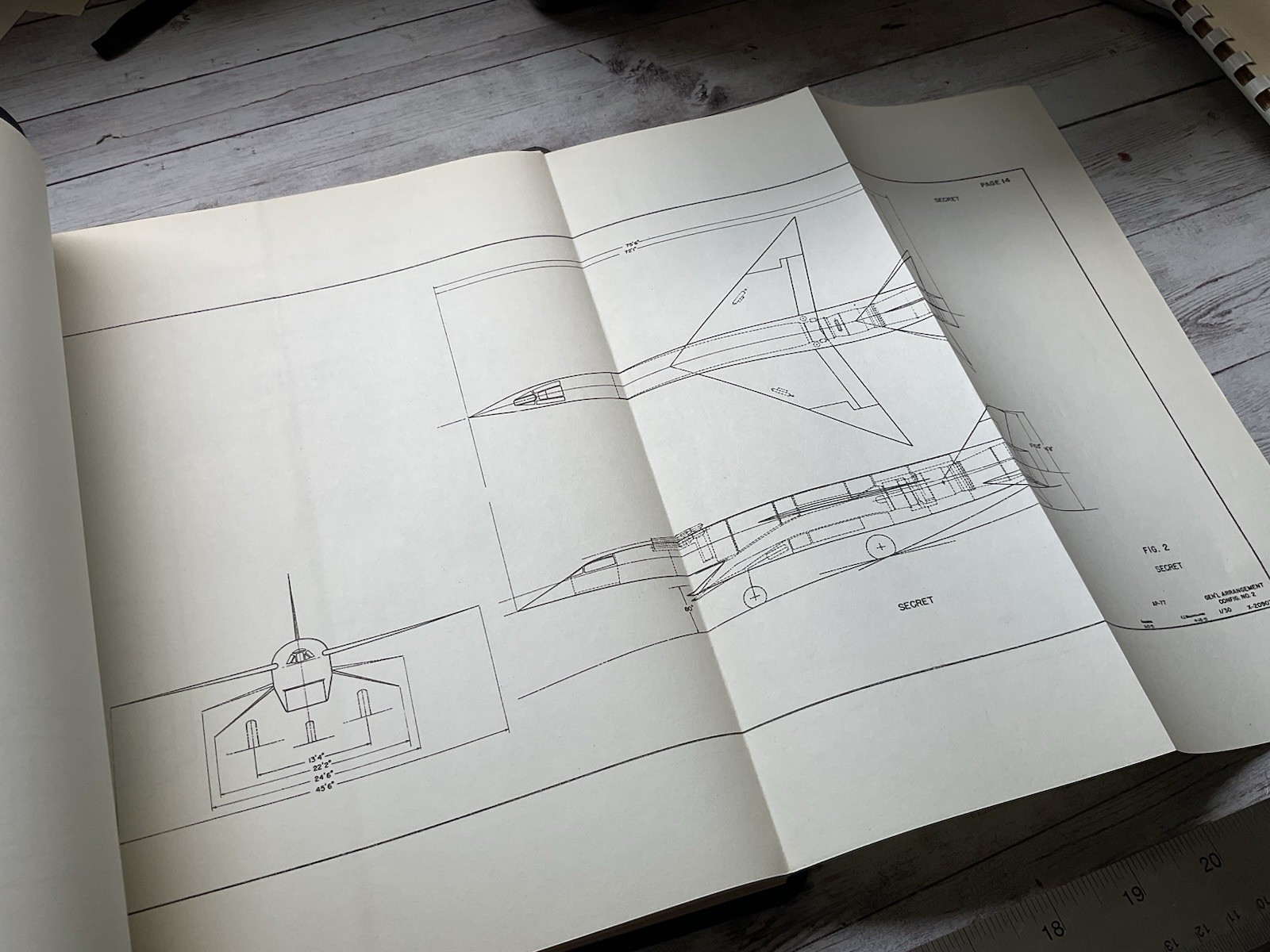

What can I do about it? Not a damned thing, unless I finally win the Lotto.
If I *do* win the Lotto, I’m not telling anyone. But there will be signs.
Protected: AP-77
Protected: May 2025 Rewards Catalogs
Rewards for April, 2025 have been released. These include:
Document: “Performance Data Report for Class VF Convoy Fighter Airplane,” Convair report from 1950. 100 pages of data (no diagrams) on what would become the XFY-1 “Pogo.”
Document: “Hard Mobile Launcher” Martin Marietta brochure on the Midgetman launcher, with some bonus Martin Marietta HML info and art
Diagram: “Parallel Tanks Missile,” Convair diagram 7-26-54, apparently an alternate design for Atlas, much more like Soviet R-7 family. Reduced to 75% of original scanned size, which is immense and system-crashing.
CAD diagram: Lockheed B-2, a stealthier proposed follow-on to the U-2.
Subscribers/Patrons for the APR Monthly Historical Documents Program not only receive a monthly collection of aerospace goodies such as these, but can also pick up back issues all the way to 2014.
aerospaceprojectsreview.com/monthly.htm
